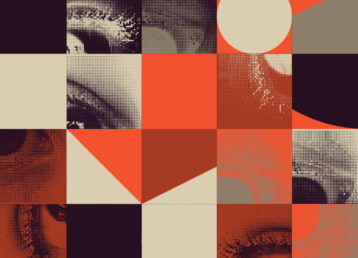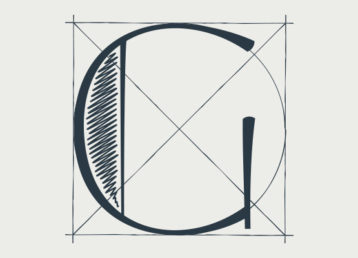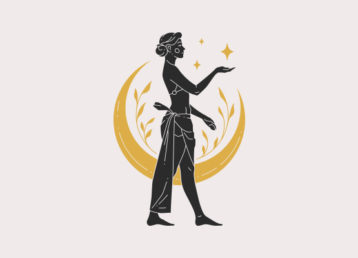Islamic Art – A Visual Treasure Locked In History

Featured Image: freepik.com
Looking upon the extremely varied manifestations of Islamic Art, one wonders if the source of inspiration for this form of art has its roots in spirituality. The early Islamic art and architecture emulated Sassanid and Byzantine techniques and models. It spread across the mighty Persia and was diversified in the Indian sub-continent. However, the origin of this supra-individual and sacred art has always had misleading connotations.
Meanings and Implications
The art of the Islamic world reflects its cultural values, and reveals how the artisans view the spiritual realm and the universe. The prime focus of this form of art is the representation of objects and beings rather than their physical qualities. However, the Islamic art spanning continents and centuries are not just from Muslim artisans. The term Islamic art designates all art, religious or secular graphic that was produced under Muslim leadership spanning over three continents, and in countries that are now Israel/Palestine, Spain, Turkey, Egypt, Tunisia, Morocco, Portugal, parts of Eastern Europe, the Middle East, Afghanistan, Indian subcontinent, Indonesia, and Malaysia. The craftsmen working for Muslim leaders and emperors were not all Muslims however.
The era in which Islamic art was at its peak comprises of thousands of years starting from the 7th century (foundation of Islam) to the 17th century, (the time of the two great empires, the Ottoman and the Safavid). Then there was the magnificent Mughal era that dominated the Islamic art history with their artistic innovation, the traces of which, we can witness in modern art and graphic design. Take a look at the 4 prominent aspects of Islamic art.
Four Prominent Elements of Islamic Art
Calligraphy
Undoubtedly, the most diverse form of art is calligraphy and it has a rich history. Spanning from the Ottoman dervish lodges to Mughal courts and artifacts like coins, pots and items of daily use, the essence of calligraphy is almost everywhere. And the beauty of this art is that it never phases out. In the modern era, you can feel the dazzling effect of calligrafitti, a blend of traditional scripts and designs with modern materials and techniques.
Geometry
Geometric ornamentation reached its pinnacle in the Islamic world. They developed intricate patterns that stressed the importance of logic, unity and order. A prominent feature of these patterns is that they are made up of a small number of repeated geometric elements. The designs are intelligently laid in two-dimensional array where there is a separate background and foreground pattern. Geometric art in Islamic ornamentation creates depth and suggests a remarkable degree of freedom.
Floral Patterns
The extensive use of floral patterns in Islamic art is a representation of order and unity of nature and it is easily evident in diverse cultures around the world from Africa to central Asia. The archetypal principles used for creating floral designs has been applied to biomorphic decorative arts from diverse cultures. Among floral patterns, the eternal spiral enjoys a prominent position and this centrifugal movement reflects progression whereas the symmetrical floral patterns symbolize harmony, rhythm and balance.
Vegetal patterns
In all the Islamic monuments, plant motifs have a clear position. It’s a classic representation of patterns that requires a range of techniques, including repetition of a motif within various grids. Sometimes, the pattern is designed in a rotational or reflective symmetry and sometimes as a freehand design. This form of art is popularly known as Arabesque and it is based on the science of nature concerned, not with the outer appearance of things but with their inner reality.
Now Islamic art is not just restricted to the monuments, buildings, pottery and items of daily use. We can see traces of this art in the digital world as well. That’s right these design patterns are also implemented in logo designing and branding. Explore the beauty of this art and witness how the patterns beautifies graphic designs in the modern world.


